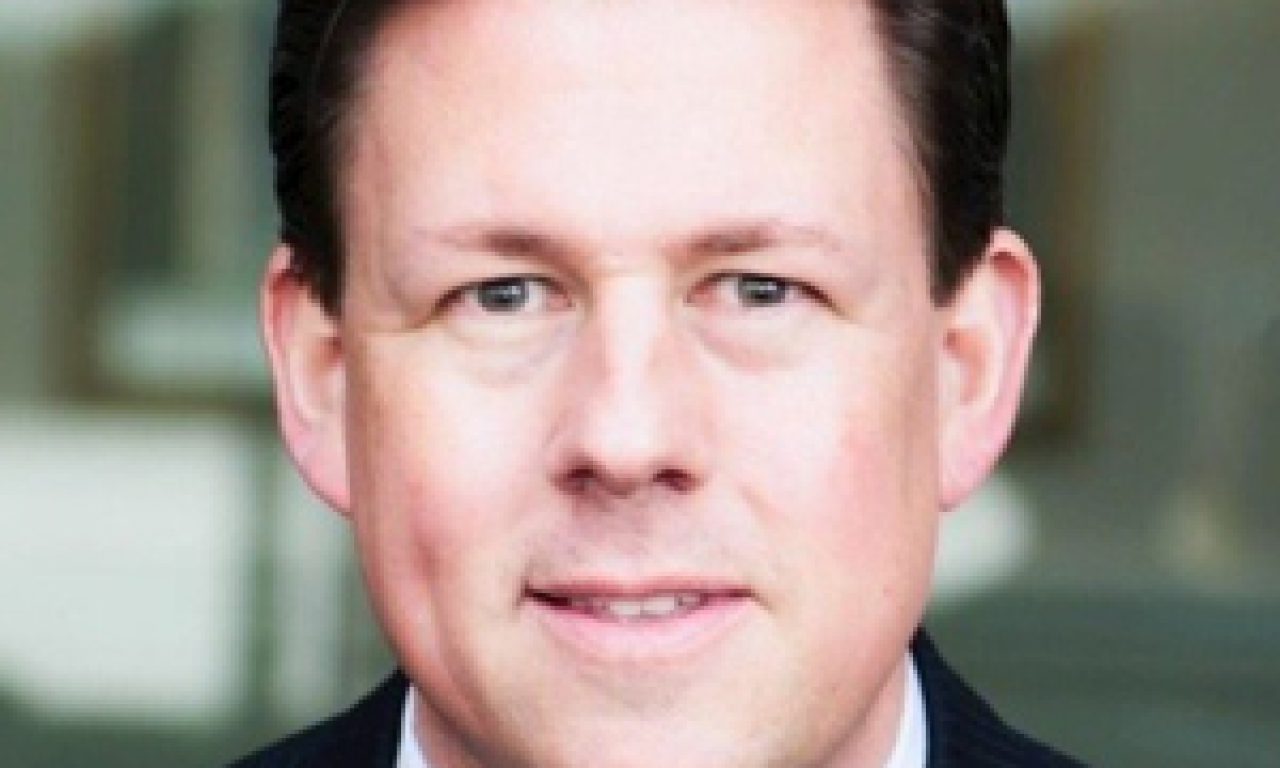International micro-cap specialist THB Asset Management is increasingly observing its client base and potential clients looking at the asset sub-class as an alternative to private equity – similar return characteristics but at a reduced cost and with better liquidity.
Visiting Australia last week, Christopher Cuesta, the firm’s chief executive, said that about 40 per cent of the clients viewed micro-cap strategies as either an alternative or supplement to their private equity programs.
The Connecticut-based THB’s US micro-cap strategy has a 20-year track record, with more than 40 per cent of its clients having been with the fund for at least 10 years, which gels with the long-term view similarly adopted by private equity investors.
Australian investors should be aware that US and international micro-caps are more akin in size to our small caps. Some would make it into the ASX 300. But, while capacity constrained too, the US and international micro-cap funds tend to have more room for funding growth than Australian small-cap funds.
THB has two Australian-domiciled funds managed by Brookvine, the specialist alternatives manager – a US-only fund and an international (ex-US) fund.
Australian investors have shown an appetite for the strategy. Brookvine has raised over a third of the US$700 million in THB’s flagship US strategy. The THB strategy, quoting a composite performance in US dollars, has provided an average annual return of 14.2 per cent since inception in June 1998. The international fund has done even better returning 15.3 per cent annualised since inception in April 2015.
Steven Hall, the Brookvine managing director, says: “These guys have smashed it. A 50/50 blend of the US and international (non US) strategies has delivered 20 per cent since the international strategy was launched in April 2015. That’s almost 8 per cent ahead of the world index and almost the same ahead of global small caps.”
Of the names that THB has owned which have been subject to M&A activity, about 40 per cent of the acquisitions have come from private equity managers. And as has been reported elsewhere, the private equity segment of funds management is holding a record amount of “dry powder”. However, Cuesta says that, increasingly, the micro-cap company directors and management are seeing that they can also participate in their own merger plans. They tend to be more attractive prospective owners to vendor companies than private equity. Roughly 10 per cent of the portfolio will be subject to takeover activity each year.
“We’ve seen a lot of our companies putting their excess cashflow to good use with their own takeovers within their own industries and also with share buybacks,” Cuesta says.
Like the Australian small-cap market, there is scant research done on US micro caps, with 45 per cent having no published earnings estimates, which provides managers with their own research teams plenty of opportunity for alpha.
Cuesta says Wall Street has “neglected” the segment because of the economics of the broking industry. Quant methods of identifying value are more problematic with micro caps because the skill of the boards and management can have an enormous impact on the company’s performance. Micro caps are also less likely to suffer any impact from passive ETF money flows.
“Insider” ownership, by senior management – often the founders – provides a lot of comfort for investors. There are 306 companies in the US micro-cap sector with more than 10 per cent of shares outstanding held by insiders compared with only 24 companies within the S&P index in the same position.
“In our opinion management teams tend to be capitalists and entrepreneurs as opposed to caretakers<” Cuesta says. “Generally, micro-cap chief executives’ personal wealth is more dependent on their company’s stock appreciation than is the case for large-cap stocks.”
Hall says: “Micro caps share characteristics with private equity and deliver a similar return profile but have the benefit of no lock-ups, daily liquidity, full transparency and lower investment minimums and fees.”
– G.B.

